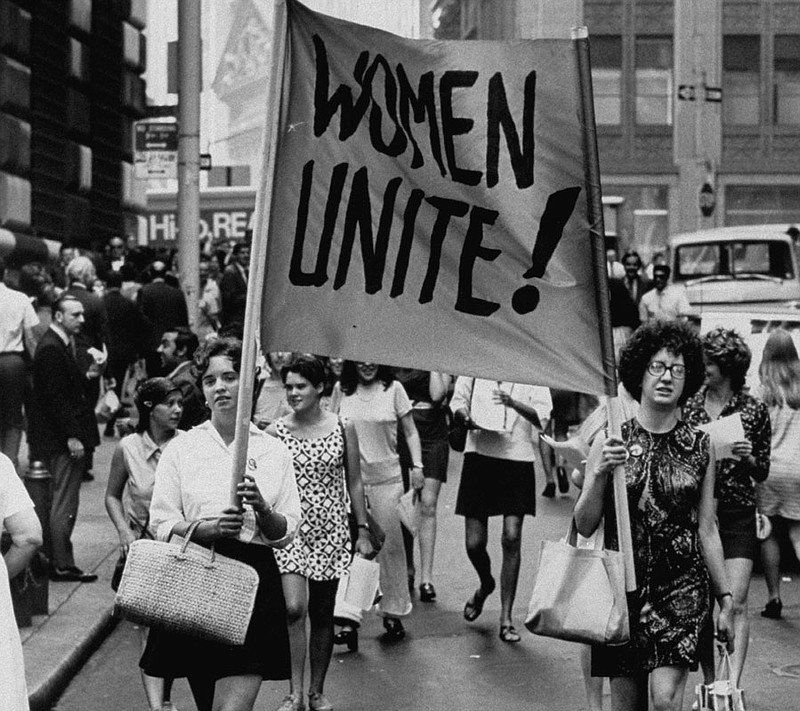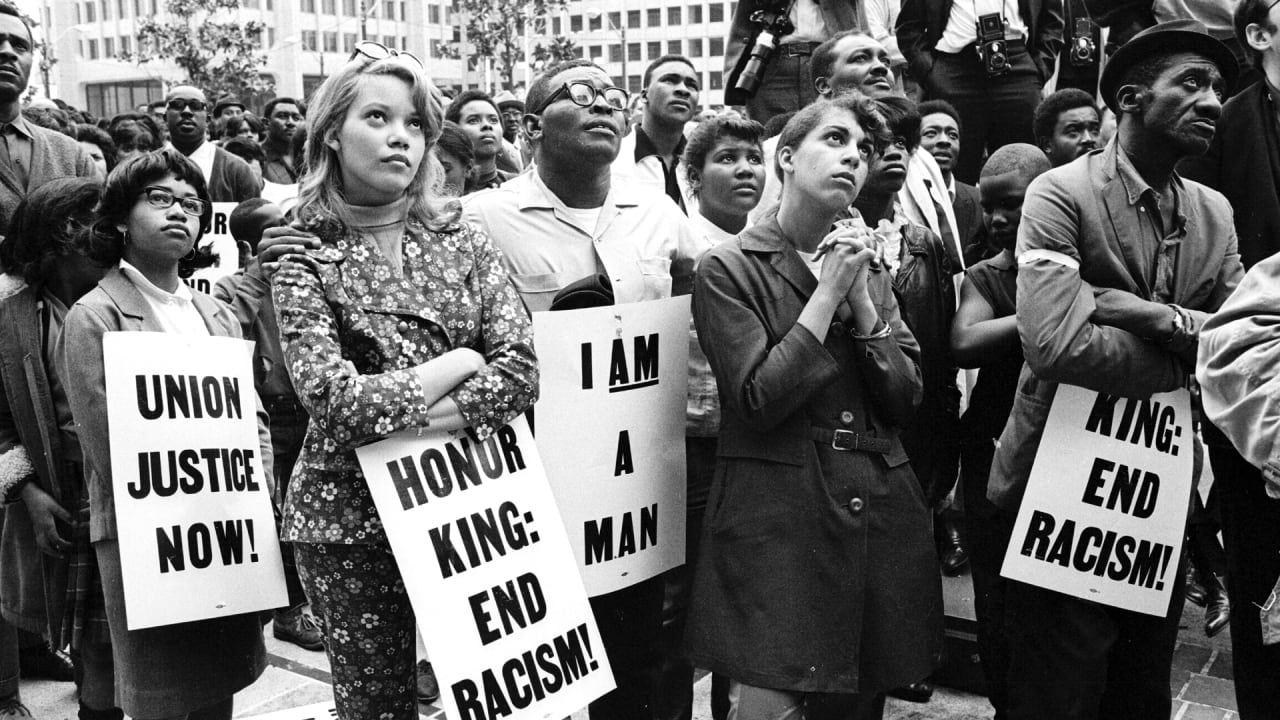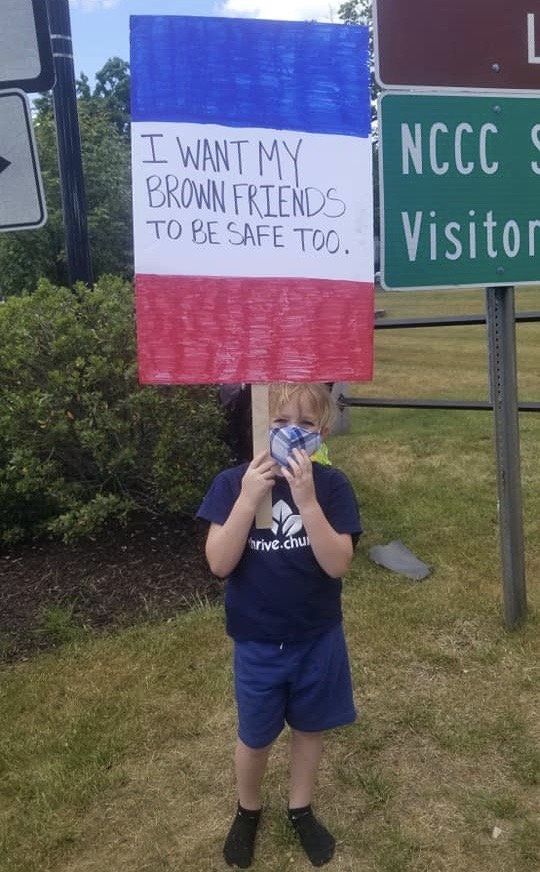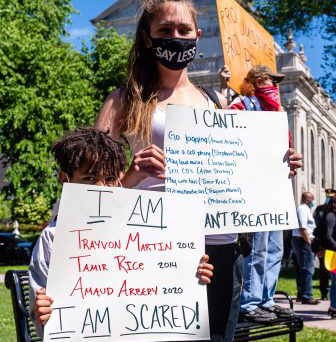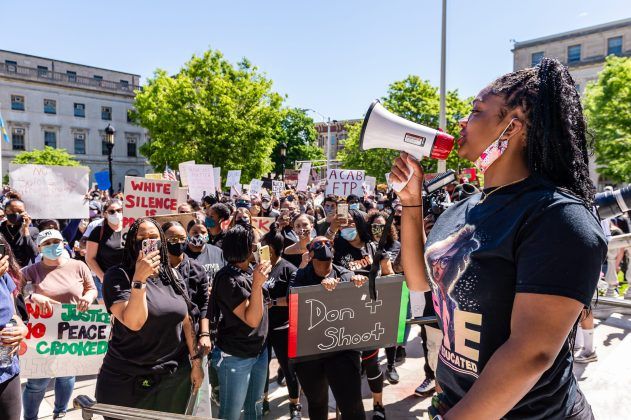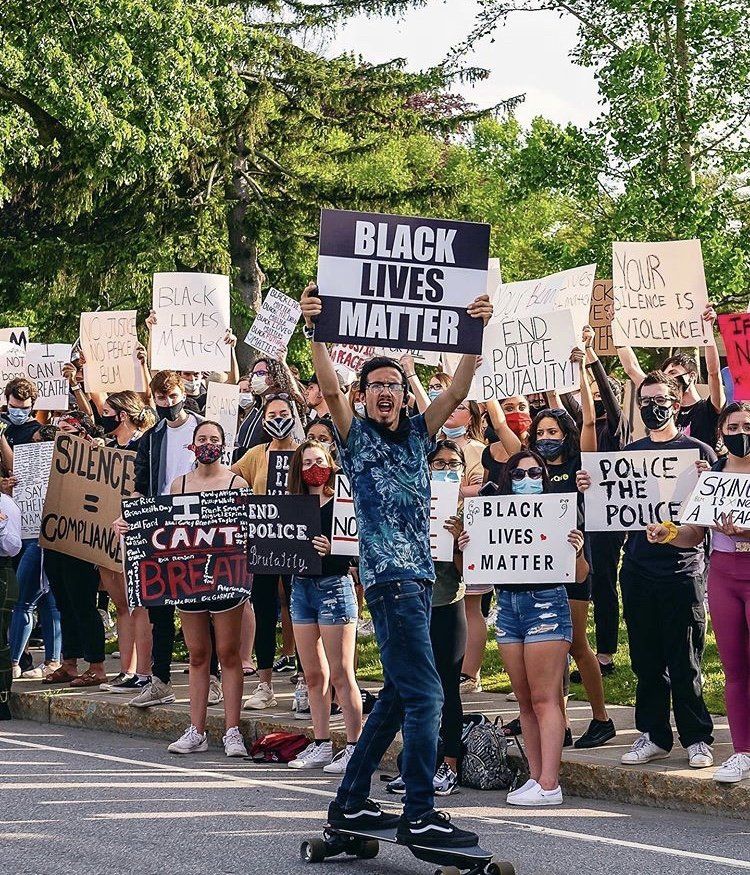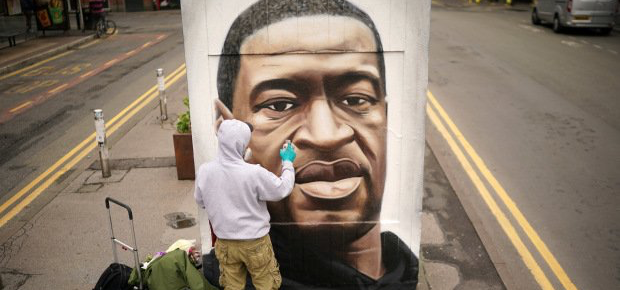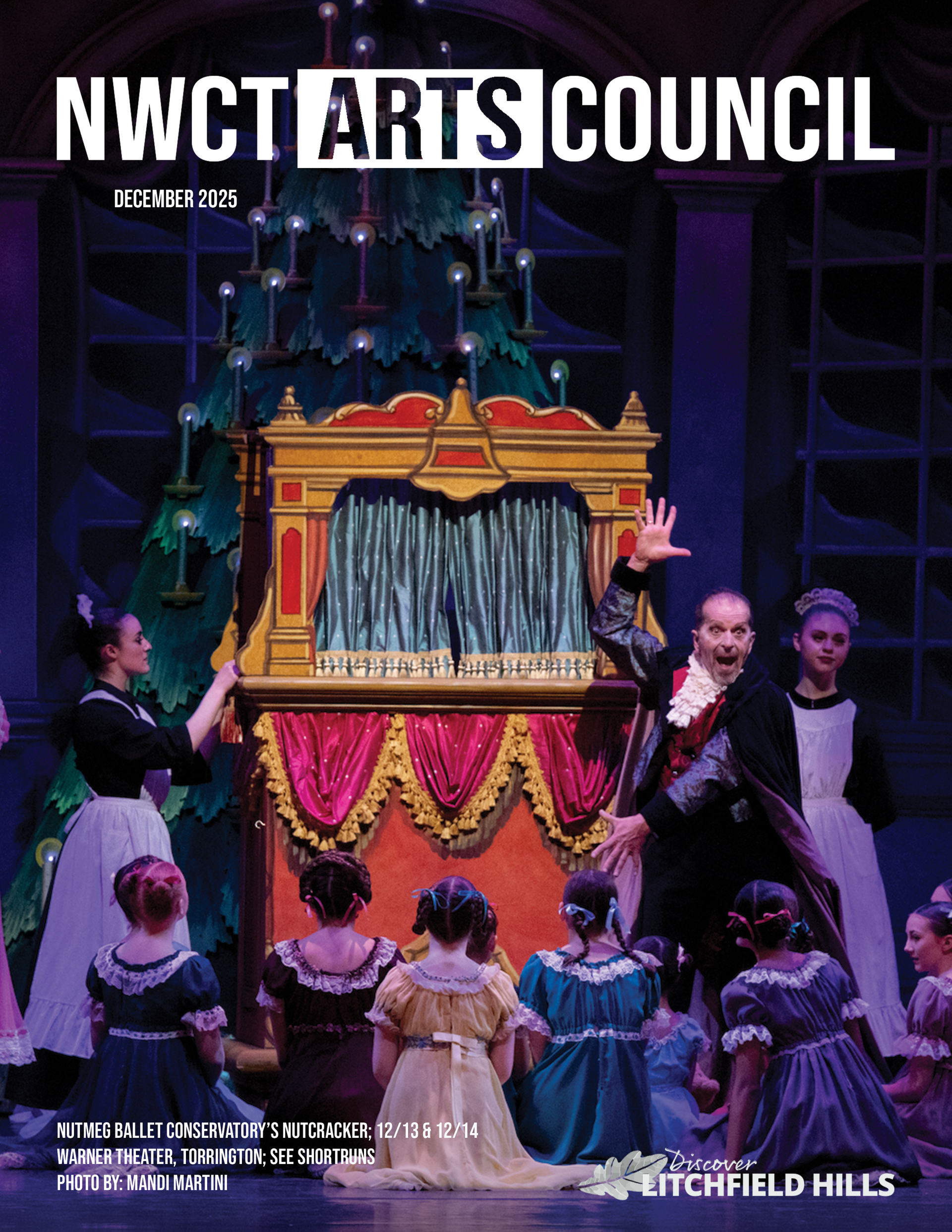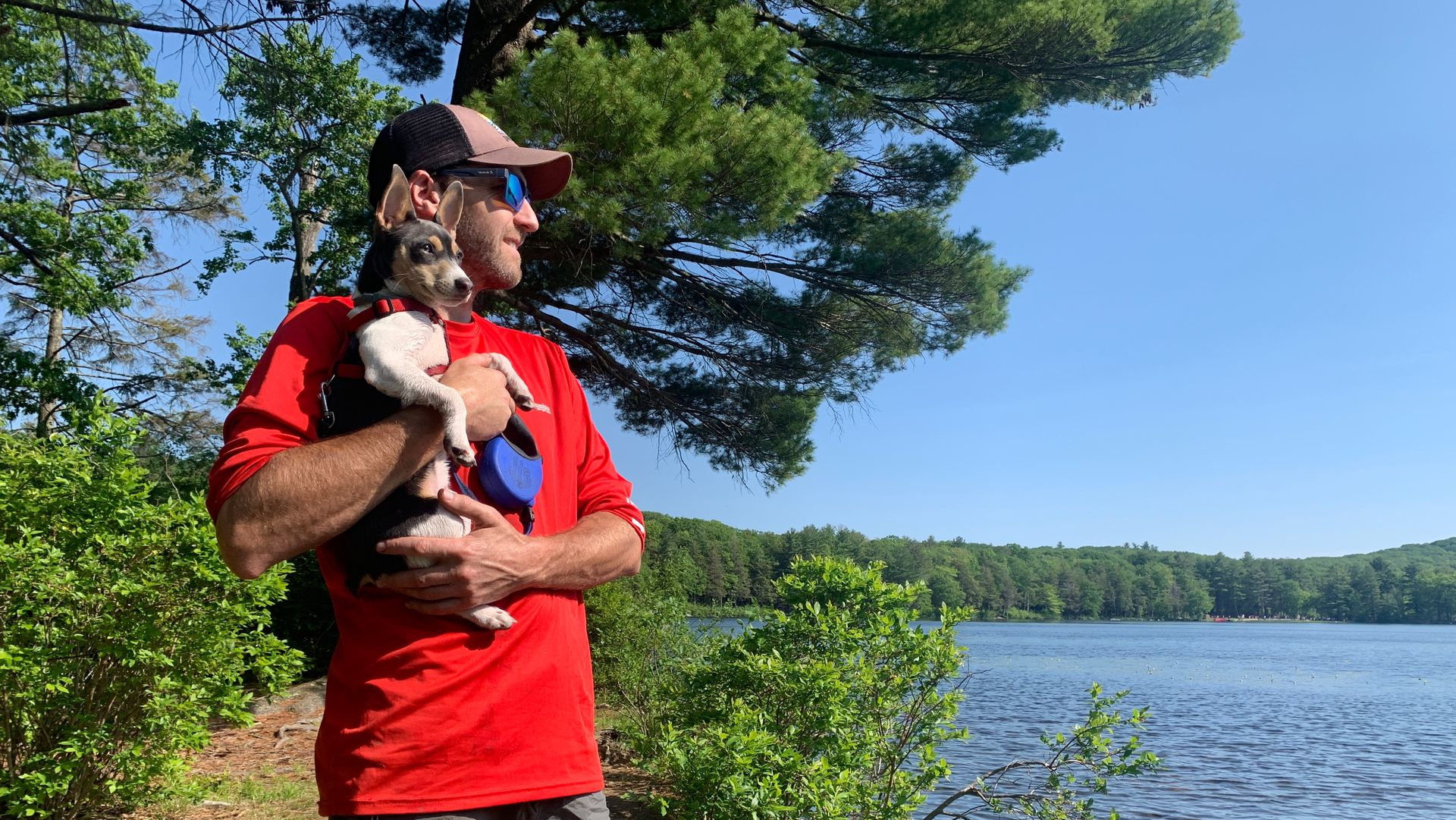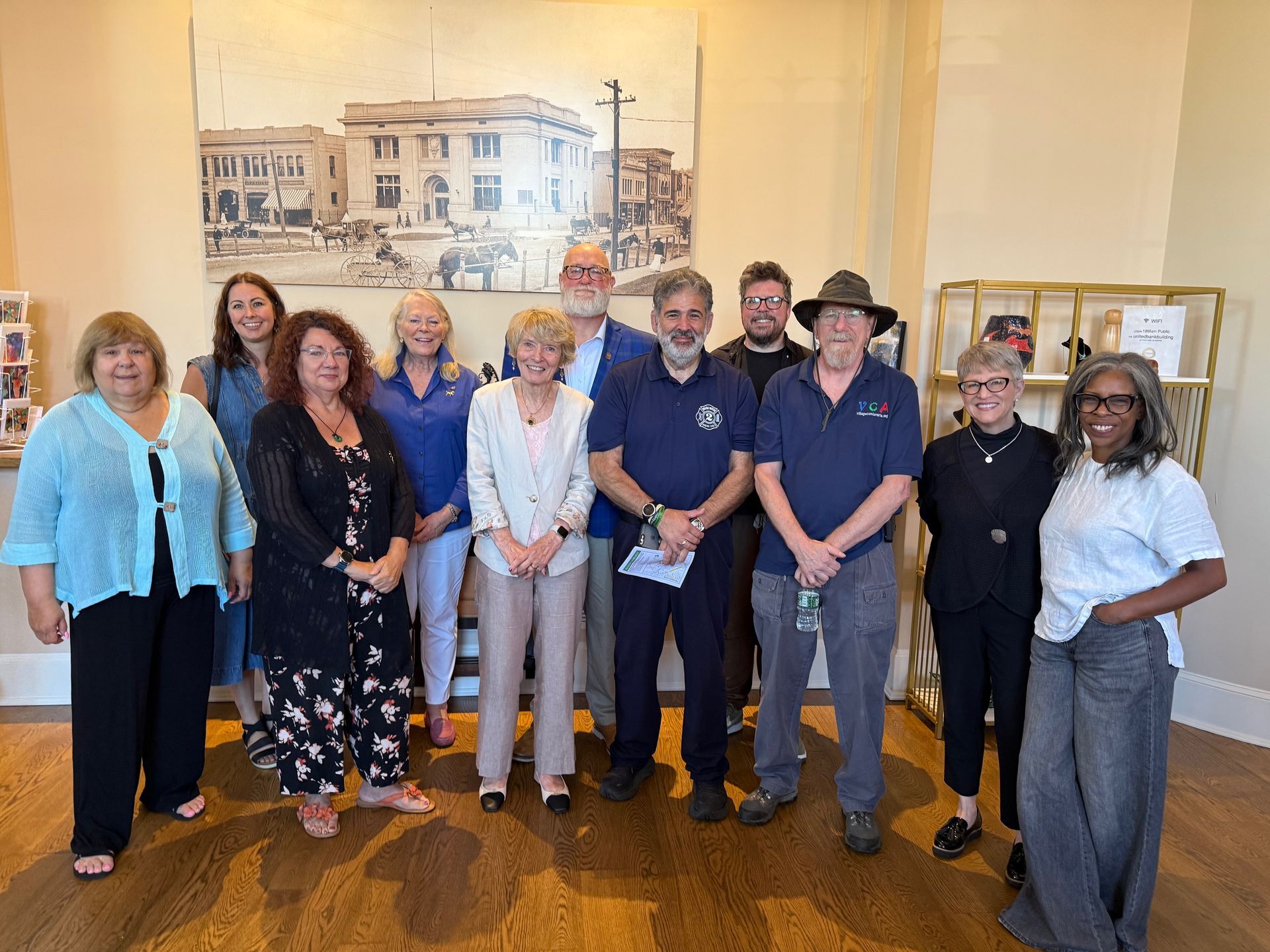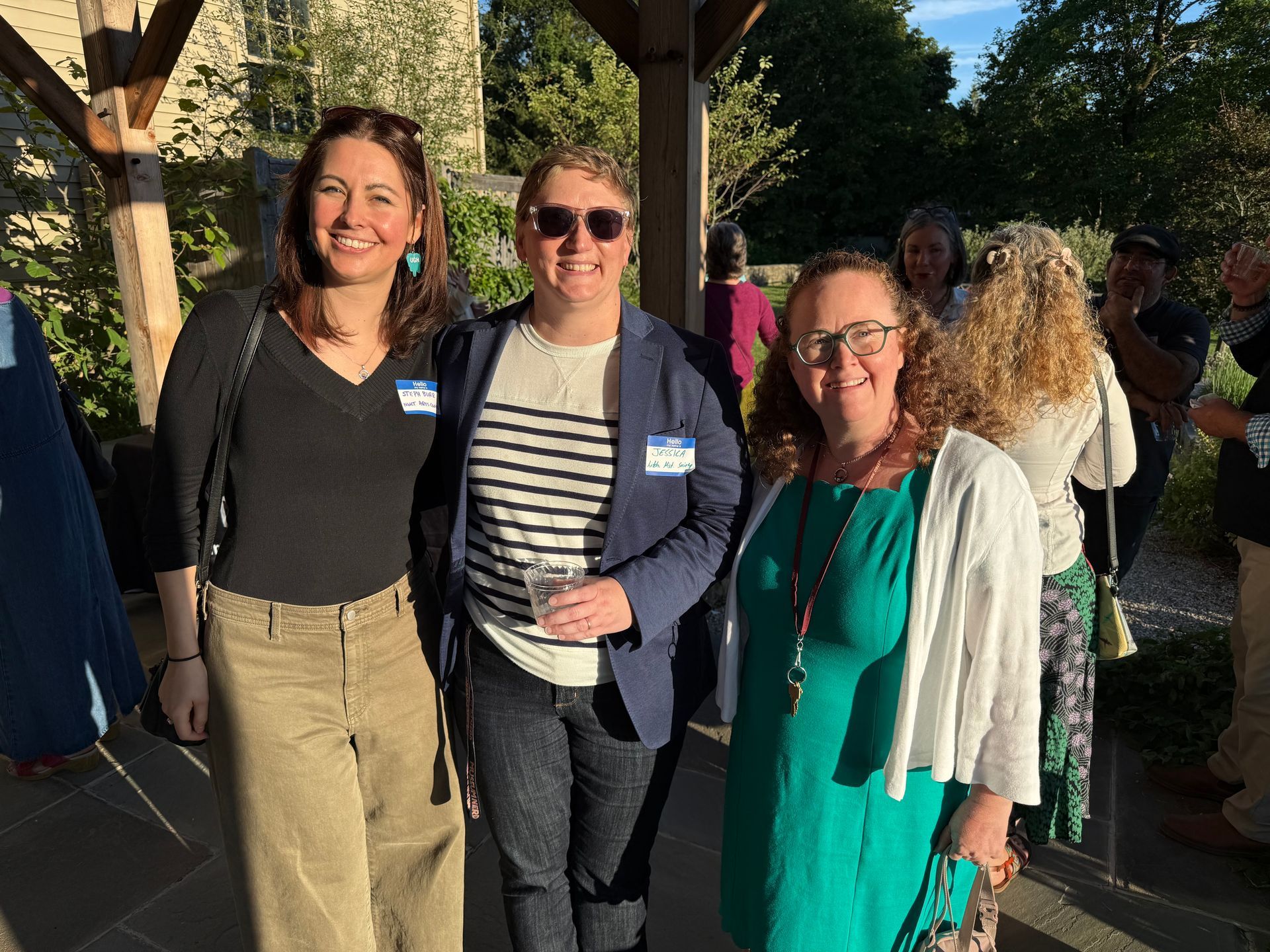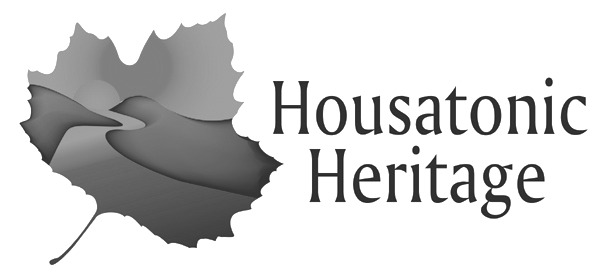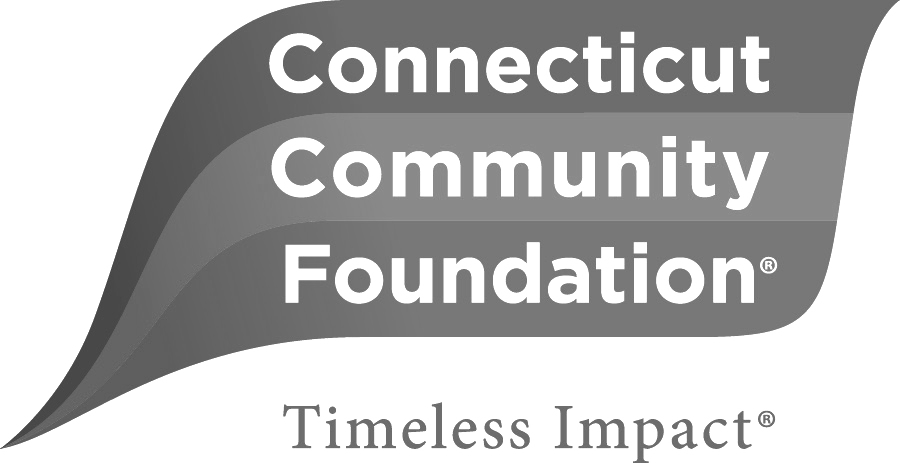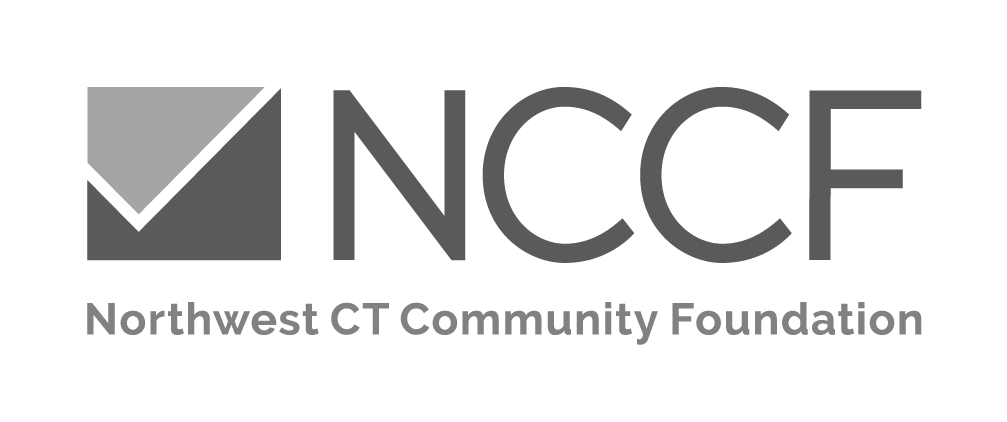The Art of Protest
Alyssa Archambault • June 23, 2020
The Art of Protest - A Sign is Worth a Thousand Words
Protest art, in its many forms, has existed throughout the world since the 1500s. Protest art acts as an important tool for individuals to express their beliefs and values in a universal, cost-effective manner. Protesters produce works such as signs, banners, and posters in order to convey particular causes or messages. Often, such art is used as part of demonstrations or acts of civil disobedience. Since art, unlike other forms of dissent, takes few financial resources, more groups and parties can rely more on art as an affordable means of protest.
There are many politically charged pieces of fine art, including Picasso's famous oil painting, Guernica, which is regarded by many as one of the most moving and powerful anti-war pieces in history.
However, in this article, I focus more on the artistic elements of protest signs and banners which anyone, artist or not, can create in order to stand up for what they believe is right.
In America, protest signs and banners were extremely useful and influential during the Suffragette movement in the early 20th century. Banners and signs demanding President Wilson to use his political power and influence to give women the right to vote were extremely influential to the movement. The persistence of the Suffragettes to demand change eventually paid off when women were given the right to vote in 1920.
During the Civil Rights movement of the 1960s, calls for change could be seen on sidewalk posters and protests signs protesters carried with them during demonstrations. Signs calling for the end of segregation, equal rights for African Americans, and demands for the end of both de facto and de pure segregation, along with the persistence of those protesting, influenced government policies. More importantly, these protests contributed to public desegregation and voting rights for African Americans.
Since the killing of George Floyd by police officers on May 25th, 2020, Black Lives Matter protests and demonstrations calling for justice have swept across America and the world. Throughout Northwest Connecticut specifically, protesters are calling for police reform as well as the protection and recognition of Black individuals. At these protests, protesters carry signs displaying short, often personal messages of empowerment, anger, and solidarity are prevalent. The signs carry personal moral as well as artistic weight, both of which can be appreciated.
In Winsted, the cardboard signs held by several protesters demonstrate how quickly people are willing to organize and come together regarding Black Lives Matter. People utilized whatever materials they can find around their homes in order to advocate for that they believe in, whether that be a piece of cardboard on a tree branch (far left) or a large piece of paper and markers (far right).
In Waterbury, thousands turned up for a Black Lives Matter protest on June 1st. With the ever present threat of COVID-19, organizers required that protesters wear masks to protect themselves and others. Several protesters decided to use their masks as a medium for advocacy and expression, painting short statements of solidarity on their personal protective equipment. Masks were adorned with sayings such as "SAY LESS," "I CAN'T BREATHE" and "BLACK LIVES MATTER" (far left). Like Winsted, Waterbury protesters held cardboard signs displaying statements of Black power and strength, seemingly ready to organize for a cause they believe in at a moments notice.
In Torrington, many protesters had several days notice about the demonstration. This resulted in more complex protest signs with moving art and messages. Signs calling for the respect of Black people, signs urging all people to carry on the fight for what they believe is right and just, and signs simply reading "Black Lives Matter" could be seen throughout the group of protesters.
Both George Floyd's memory and his image have spearheaded the recent Black Lives Matter protests. Throughout the world, the image of George Floyd was - and is - prevalent on protest signs. The memory of Floyd is one factor which motivates people to fight for equality. Artists of all mediums and genres have used Floyd's image to create messages of justice.
Throughout history, protest signs have allowed individuals to more easily use their voice and be a part of a cause that they believe in. Protest signs at demonstrations have been extremely influential to several movements, including the Suffragette movement, the Civil rights movement, and the Black Lives Matter movement. Separate from their message, protest signs can be appreciated for their artistic and aesthetic qualities as well. The protest signs of the recent Black Lives Matter protests and demonstrations simply and artistically capture a moment in time which will be written in the history books.
Other Resources and Interesting Reads:
5 Protest Signs that Changed History - Article
The History and Art of Protest Posters - Article
Protest Signs: Barometers of Social Change - Article

The Northwest Connecticut Arts Council announces the most recent UNICO Scholarship awardees for 2025.
The Northwest Connecticut Arts Council administers this grant program on behalf of the Torrington UNICO Scholarship Fund. The grant is intended to foster the talent and career development of Northwest Connecticut yo



